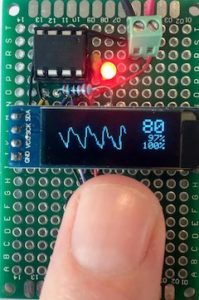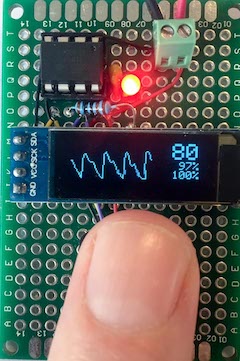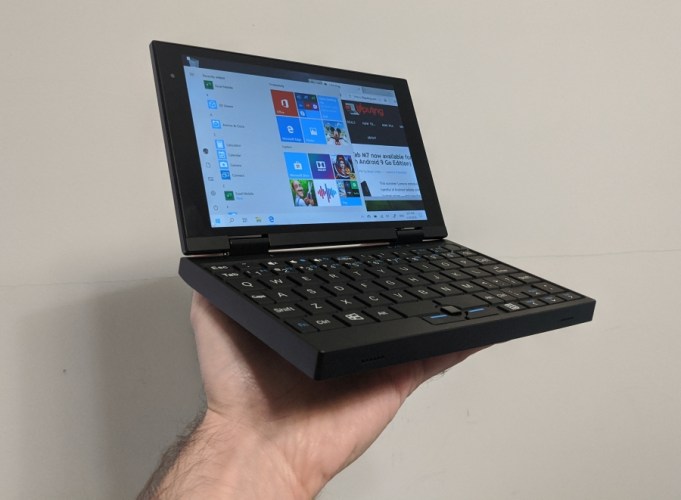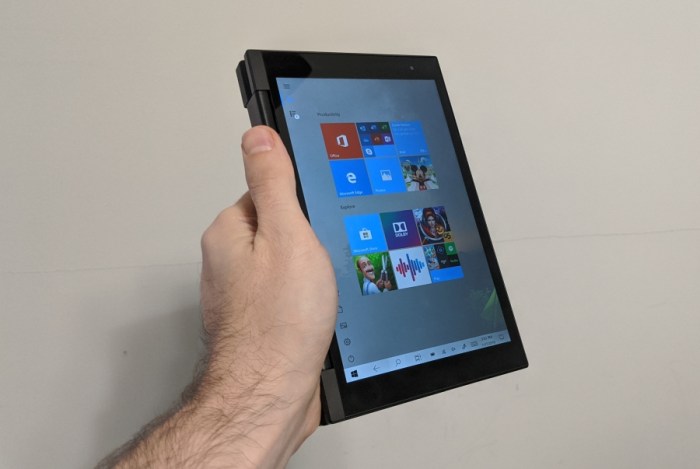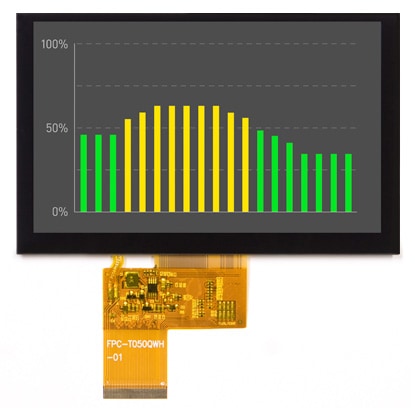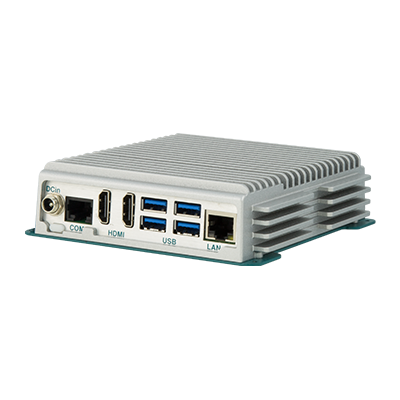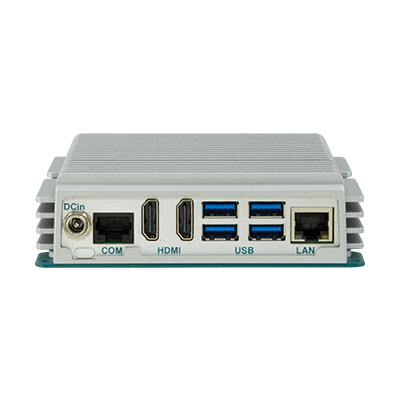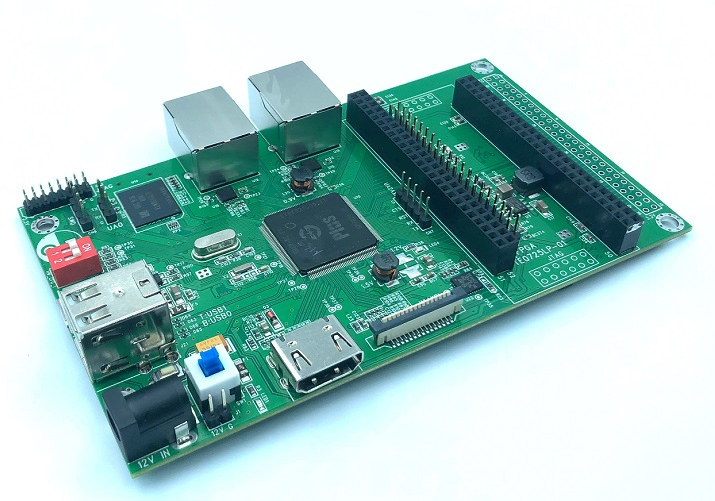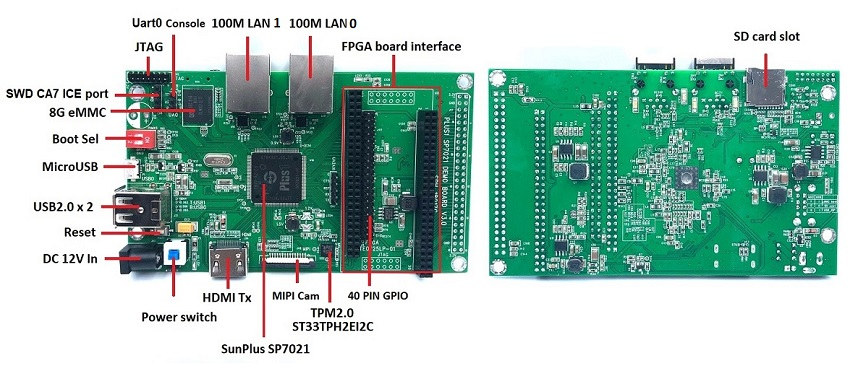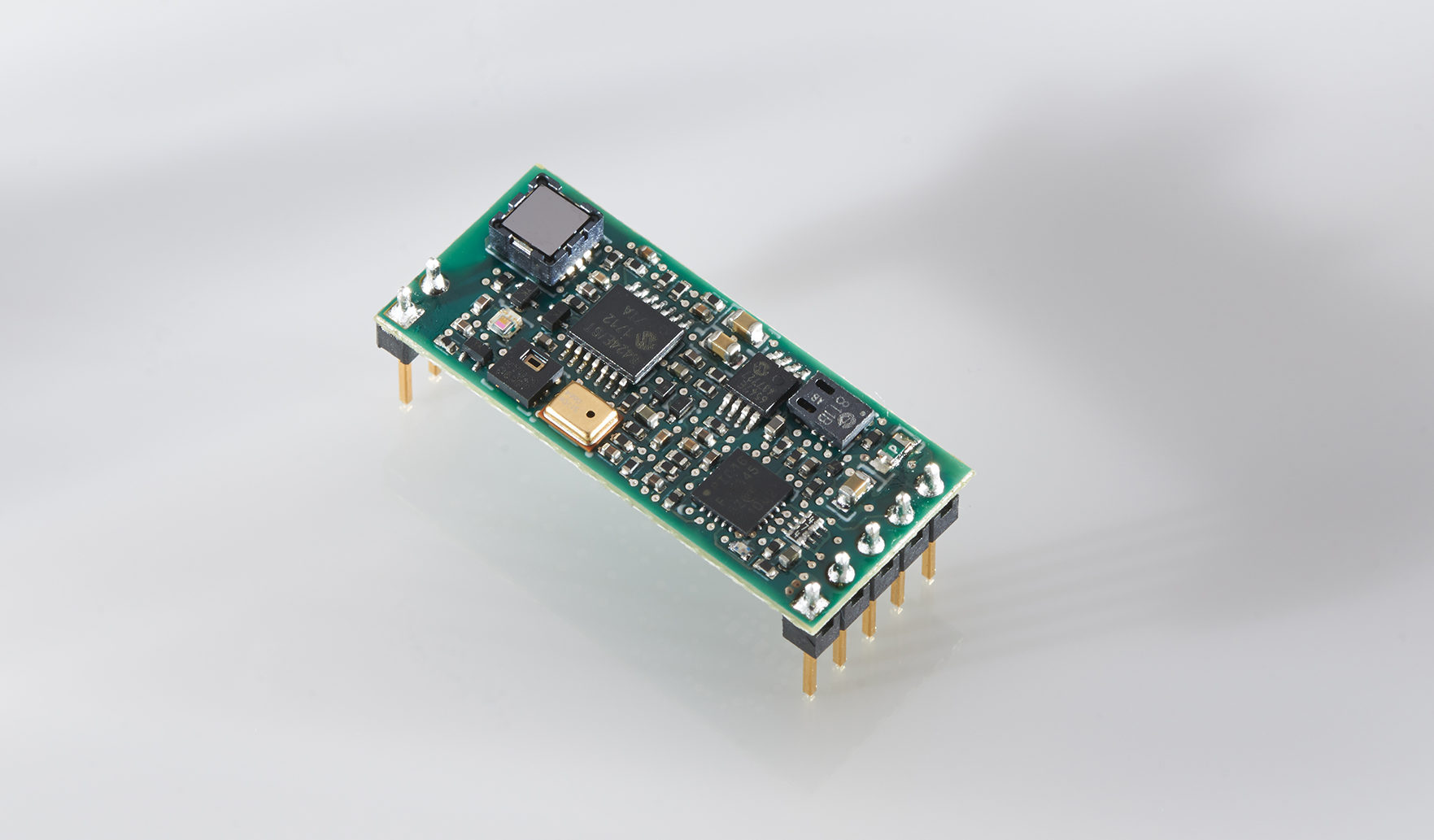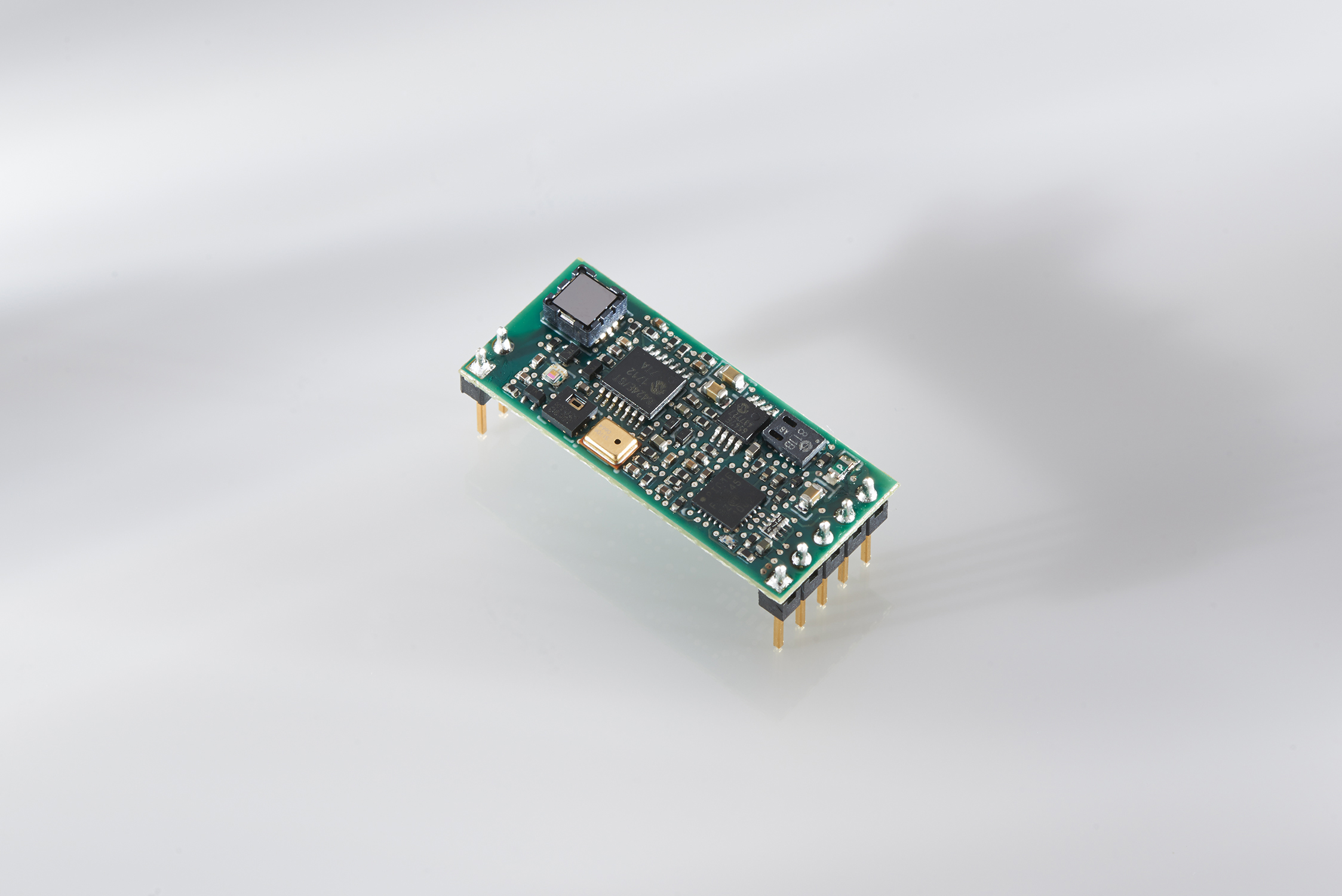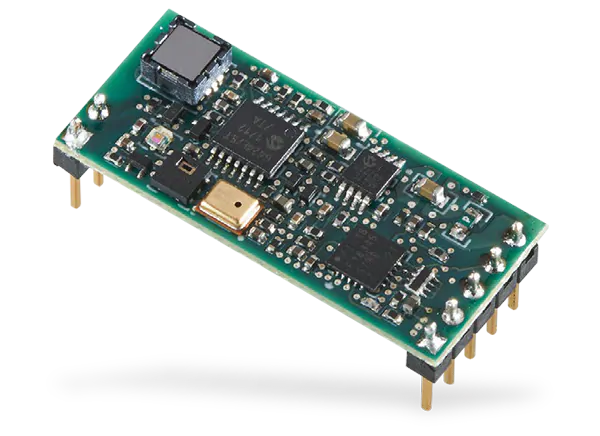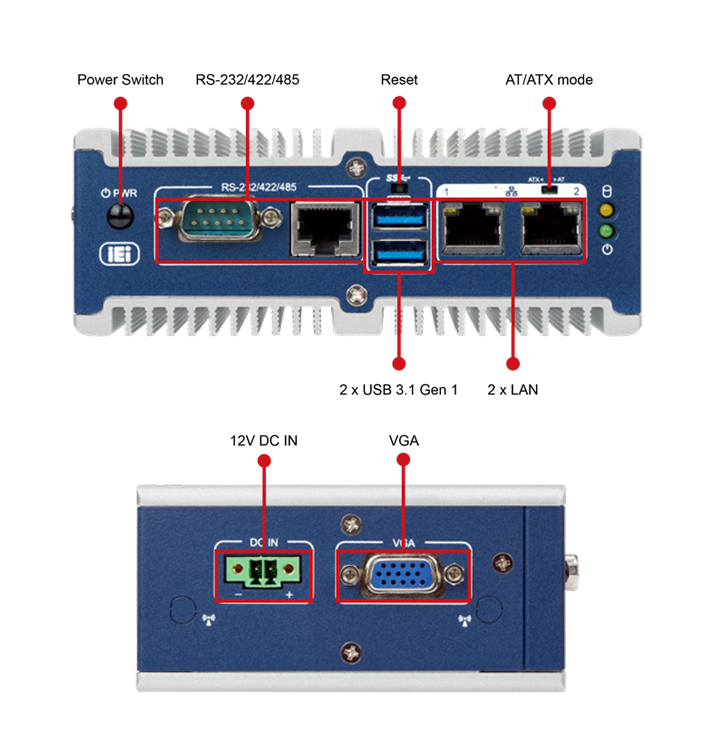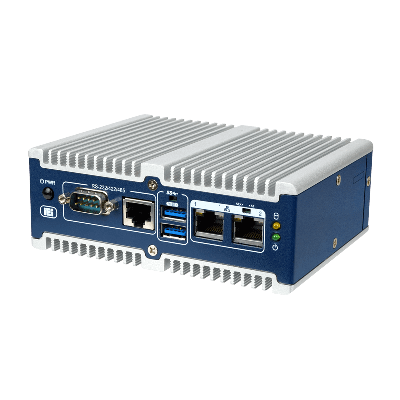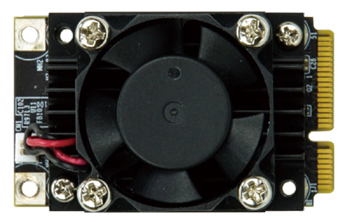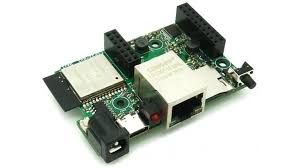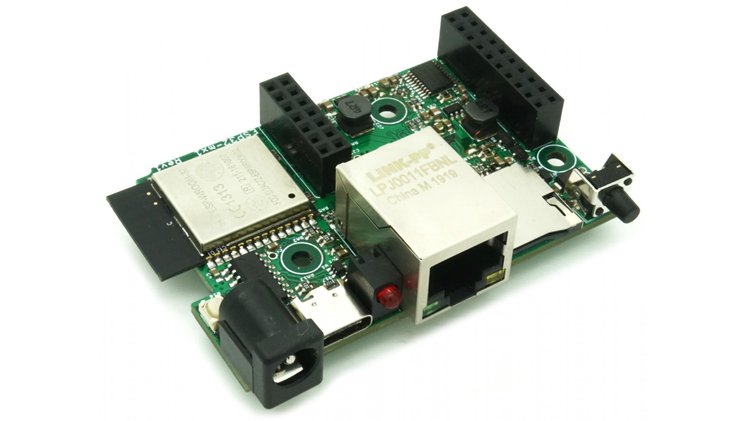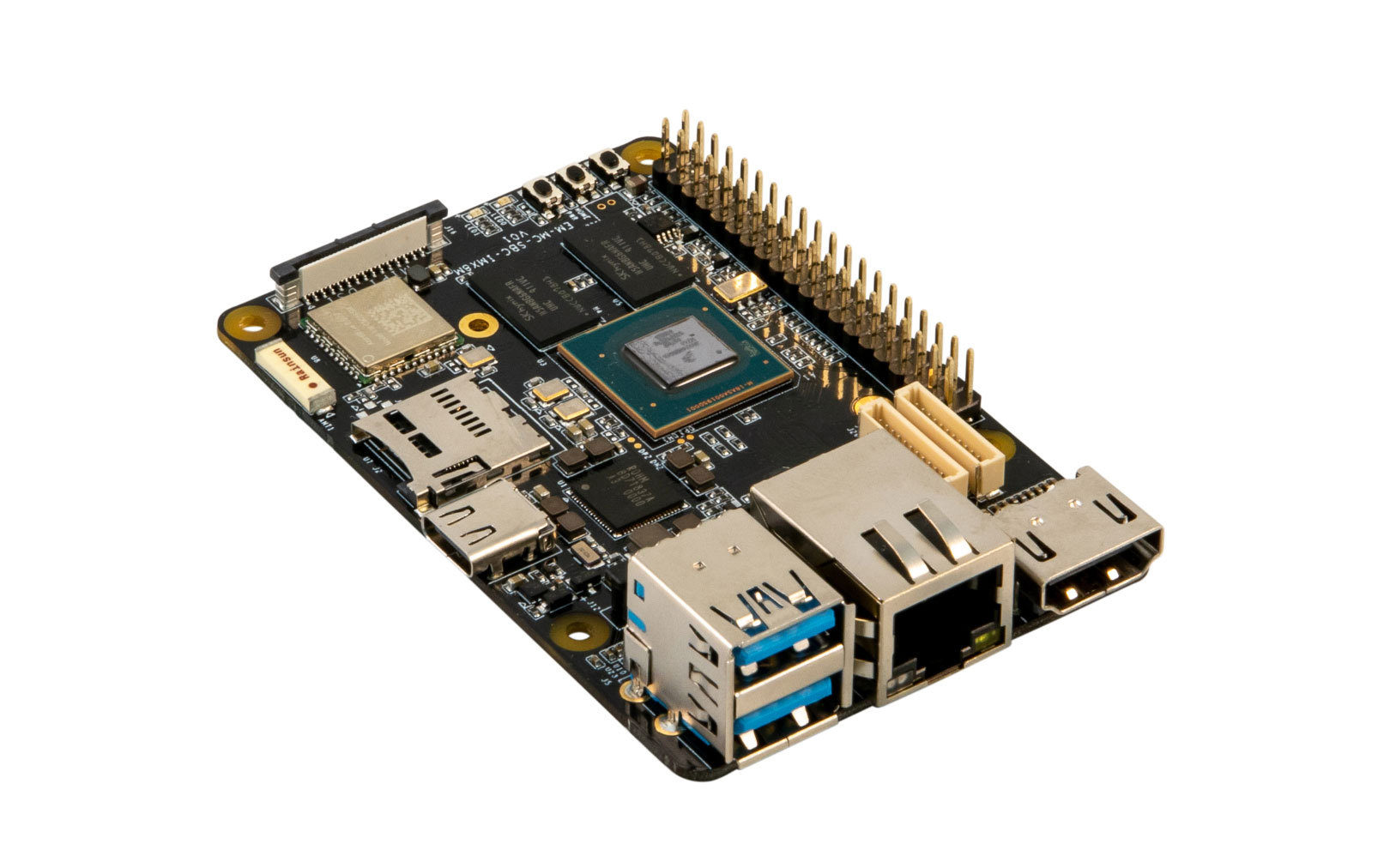
Leading global technology solutions provider Avnet is providing customers with the ability to focus more on the software side of their development by launching MaaXBoard, a low-cost, production-ready qualified single board computer. Based on the NXP i.MX 8M applications processor, MaaXBoard is ideal for embedded computing and applications that leverage AI at the edge. It supports design engineers and end-users seeking to create industrial automation, multimedia, AI and IoT applications with reduced cost and time-to-market.
With this new single board computer, Avnet is further enabling developers who are seeking new, flexible and cost-effective means to design and test concepts. As a production-ready qualified unit, the MaaXBoard can become part of an embedded hardware system, providing customers the ability to focus more on the software side of their development. The MaaXBoard forms part of Avnet’s end-to-end product development ecosystem, helping to bring projects from idea to design, and design to production.
“Developers are looking for the right combination of feature sets, efficiency and cost-effectiveness,” said Jim Beneke, vice president of products and emerging technologies, Avnet. “This new single-board computer gives our customers an ideal balance of these qualities to accelerate their applications for embedded computing and AI at the edge. It’s the latest addition to our complete end-to-end product ecosystem for our customers to develop their devices for scale.”
The MaaXBoard uses NXP’s i.MX 8M family of applications processors, which are based on the Arm® Cortex®-A53 and Cortex-M4 cores, providing industry-leading audio, voice and video processing for applications that scale from consumer home audio to industrial building automation and embedded computers.
The MaaXBoard has a range of capabilities making it ideal to investigate AI, IoT and multimedia applications, offering designers everything they need to support and create a Linux, Android, Windows 10 IoT Core or other OS-based system. The platform’s on-board peripherals include 2GB of DDR4 memory, a Gigabit Ethernet port, dual USB 3.0 host ports, HDMI output, MIPI-DSI, MPI-CSI, WiFi, Bluetooth Low Energy, MicroSD card slot and eMMC storage.
Avnet is shipping the MaaXBoard kit with a passive heatsink and a Quick Start guide to speed developers with their hardware or software development project. Android 9.0 and Yocto images are also available for download.
The complete MaaXBoard kit is available for pre-orders at $79.95, and will ship in December 2019. For more information, visit http://avnet.me/maaxboard.
